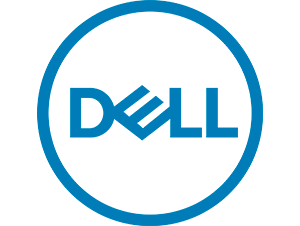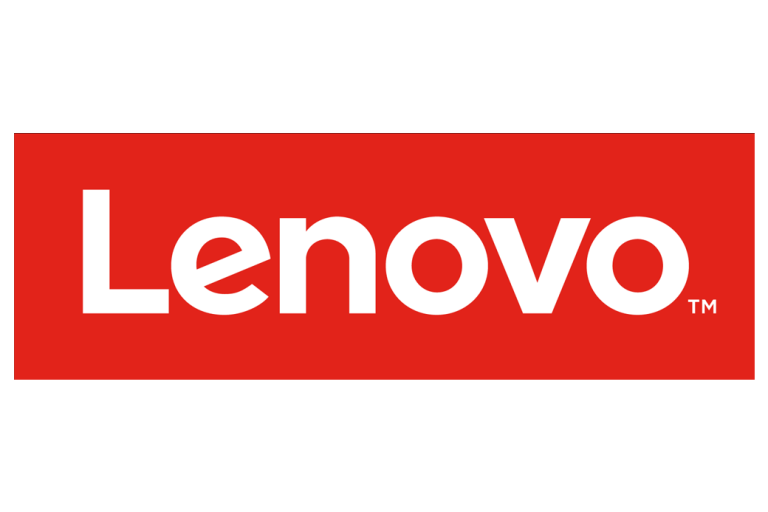In this blog, we explain the steps you need to take to start this process well prepared and how to ensure a seamless migration of employees and systems.
In addition to improved performance and security, Windows 11 also brings significant changes in terms of hardware support. Microsoft is betting heavily on the new Copilot+ PCs, which offer AI-powered features and are specially optimised for Windows 11, and that includes vastly improved support for Windows on ARM. This makes Windows 11 the only serious option for those switching to these energy-efficient and powerful ARM PCs. Whereas Windows 10 is limited to 32-bit x86 emulation, Windows 11 offers advanced x64 emulation for these machines, allowing wider compatibility as well as performance with existing applications on ARM-based devices.
Do you currently have older software on more modern operating systems or hardware platforms? Then App Assure via Microsoft FastTrack will undoubtedly come in handy for you. If you have 150 Microsoft licence seats or more, this service is available (completely free).
A valuable fact about the trusted Intel processors, by the way: Did you know that the hybrid CPU architecture of the processors since the 12th generation (just about all machines since the beginning of 2022) only really makes the most of Windows 11? After all, the so-called ‘Intel Thread Director’ that Intel has placed on its chips only works on that version of the operating system.
For most organisations, the switch from Windows 10 to Windows 11 will most likely not pose too much of a problem. With any process, however, you will face some challenges. So we would like to share with you some of the issues we do see crop up from time to time and some tips on how to get started.
Some organisations require a business case presentation before you can really roll up your sleeves. Fortunately, Forrester and Microsoft are prepared for this and have provided a well-researched calculator so you can speed up this preliminary process. Tip: when doing the analysis, look at the ‘Expedited Timeline’ for a full rollout by Windows 10's End of Support timeframe.
The first real step is usually to see if your software and hardware meet Windows 11's system requirements. For devices manufactured in 2020 or later, you don’t need to worry at all.
Do you own computers hanging off a production machine, for example, that ‘never needed or even allowed to be upgraded’? If so, that hardware may not meet the Windows 11 minimum requirements and a reach-out to your vendor/manufacturer is in order. After all, you also want these devices to remain nicely supported.
Devices 6 years old are still (just) compatible in most cases, but we actually recommend that you just replace them instead of spending time upgrading these older machines.
Want to be sure if your processor is supported? You can find the exact list for each manufacturer and the lower limit of supported processor generations below:
- AMD: devices with a Zen+ architecture or higher (computers from 2018 onwards)
- Intel: devices with an 8th-generation Intel Core architecture or higher (computers as of 2018)
- Qualcomm: anything from Snapdragen 850 onwards (devices from late 2018 onwards)
Are you convinced to switch to Windows 11? Then make sure you properly manage updates and deployment strategies. For deploying new devices or completely reset systems, Windows Autopilot can help, but if you are looking for controlled update management, Microsoft Intune is your best friend. Included in Microsoft 365 Business Premium, Microsoft 365 E3 and above, this feature enables tiered update management. Do you currently have Microsoft 365 E3 or higher? Lucky you! Then you benefit from the most comprehensive Windows Autopatch features that automatically distribute updates to different test groups, detect errors and even help with troubleshooting. This ensures a smooth transition to Windows 11!
Upgrading to Windows 11 is more than just about security and compliance. It gives you enhanced security, a smooth working environment and smarter workflows that can help you be more productive. With features like Snap Layouts, advanced security technologies and AI support, Windows 11 helps you stay future-proof.
Don't wait for the deadline to approach, start your migration journey now. Keep in mind that a migration for, depending on size and complexity, can take up to several months. Do you need specific advice? Our Microsoft expert is ready to guide you through a smooth and successful transition. Take the step now and discover the possibilities of Windows 11!
Still hesitating about switching to Windows 11? Microsoft offers Extended Security Updates (ESU) for Windows 10 for businesses, for educational institutions and even for individuals, but they are obviously not free. So before you spend the money, it's best to take a closer look at these costs to weigh them up against renewing your hardware and/or upgrading your operating system.
Still have machines that need to keep running on Windows 10? Also consider Windows 365, Microsoft's ‘cloud PC’. This includes ESUs free of charge, which can be an interesting solution financially and operationally.
Get in touch.
Plan your migration to Windows 11.
The end is nigh for Windows 10. Don’t delay! Plan your migration to Windows 11. Need some support? Use the form to get in touch with our expert.

Cloud Consultant
jeroen.huylebroeck@bechtle.com

Get in touch.
Plan your migration to Windows 11.
The end is nigh for Windows 10. Don’t delay! Plan your migration to Windows 11. Need some support? Use the form to get in touch with our expert.
Cloud Consultant
jeroen.huylebroeck@bechtle.com










